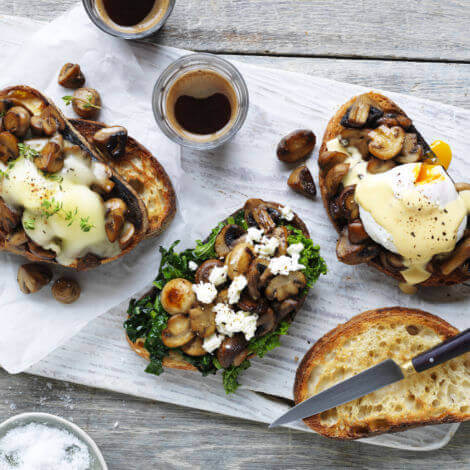Holy Shitake! Did you know Ancient Egyptians believed that mushrooms grew by magic, because of the way they could appear overnight? – Yeah neither did we….
Whatever your favourite is — crimini, enoki, oyster, portobello, shiitake or white button — all mushrooms are loaded with essential nutrients. With all of the different mushroom varieties it got us thinking about how little we know about one of our favourite veggies, so we did a little digging (or foraging) for a bit more info about the humble mushroom, and me-oh-my did we find some crazy, things!
From baby buttons to big portabella and oyster mushrooms, these fungi are brimming with healthy nutrients. There are 5 categories of mushroom:
- White Agaricus Mushroom: Buttons, Cups, Flats, Portabella, Swiss Brown
- Specialty Mushrooms: Woodear, White Jelly, Shitake, Shimeji, Oyster, Nameko, King Brown, Enoki, Chestnut Mushrooms, Blewitt
- Wild Mushrooms: Pine Mushrooms, Slippery Jacks
- Dried Mushrooms: Black fungus & White Fungus, Cepe, Chanterlelles, Morels, Porcini, Shiitake
- Truffles
The stem of a mushroom is a good source of flavour and nutrients so there is no need to remove it. On the occasions that you do need to remove the stem, chop it and add to stuffings, casseroles, soups and sauces.
Mushrooms are a good source of zinc, another essential mineral which helps boost your immune system, as well as your libido…..fantastic fungi fun times!
A 100g serving of mushrooms contains more dietary fibre (2.5g) than 100g of celery (1.8g) or a slice of whole-wheat bread (2.0g)….So let that bread shitake go.
Mushrooms contain more potassium than most other fruit and vegetables: one medium brown mushroom contains more potassium than banana.
Mushrooms are best stored unwashed in brown paper bags in the refrigerator, preferably on the lowest shelf. Alternatively use a cloth bag or clean tea towel to wrap them.
So check them ALL out below and get your meat free Monday sorted with a tasty recipe from Australian Mushrooms

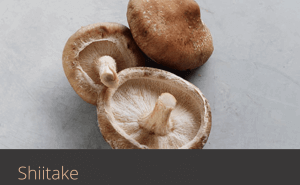
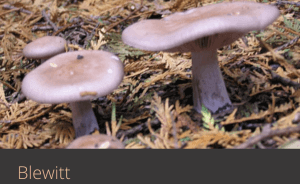
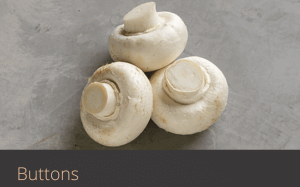
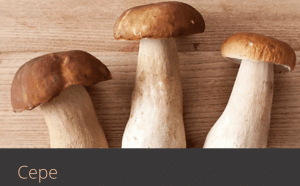
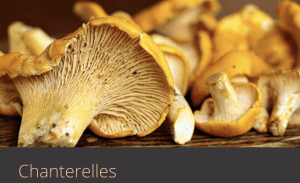
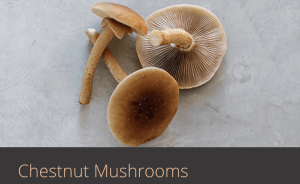
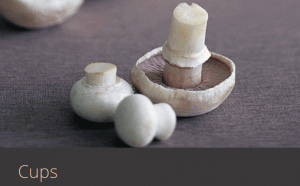
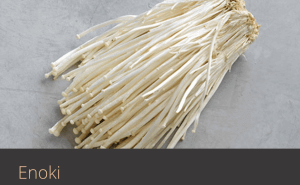
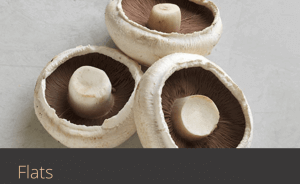
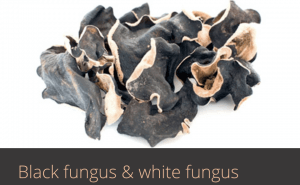
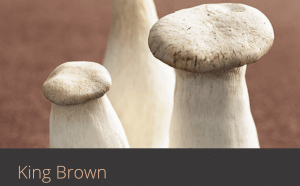
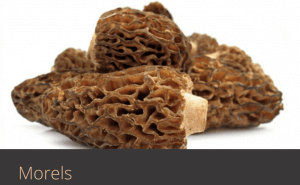
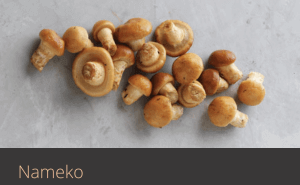
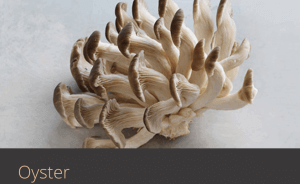
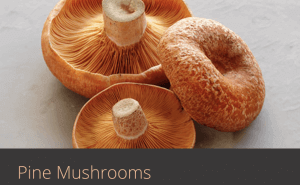
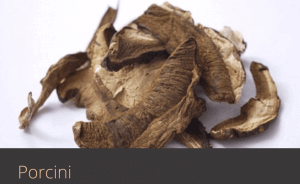
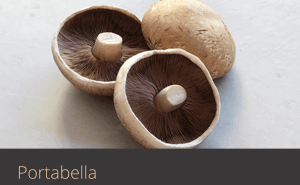
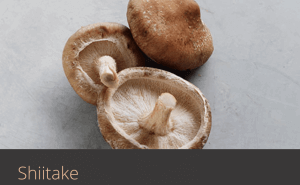
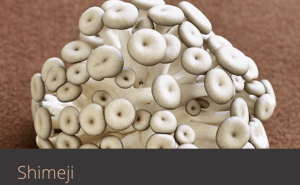
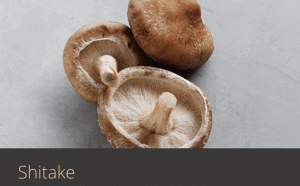
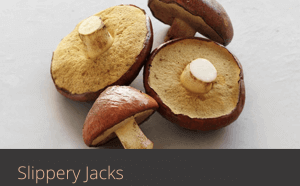
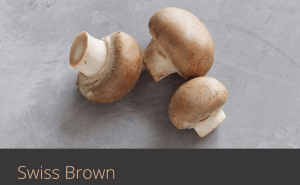
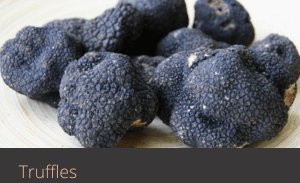
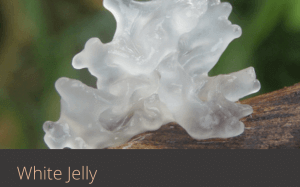
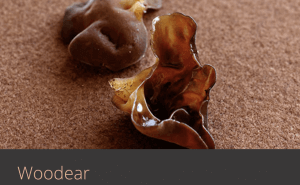
Images Via: Australian Mushrooms

